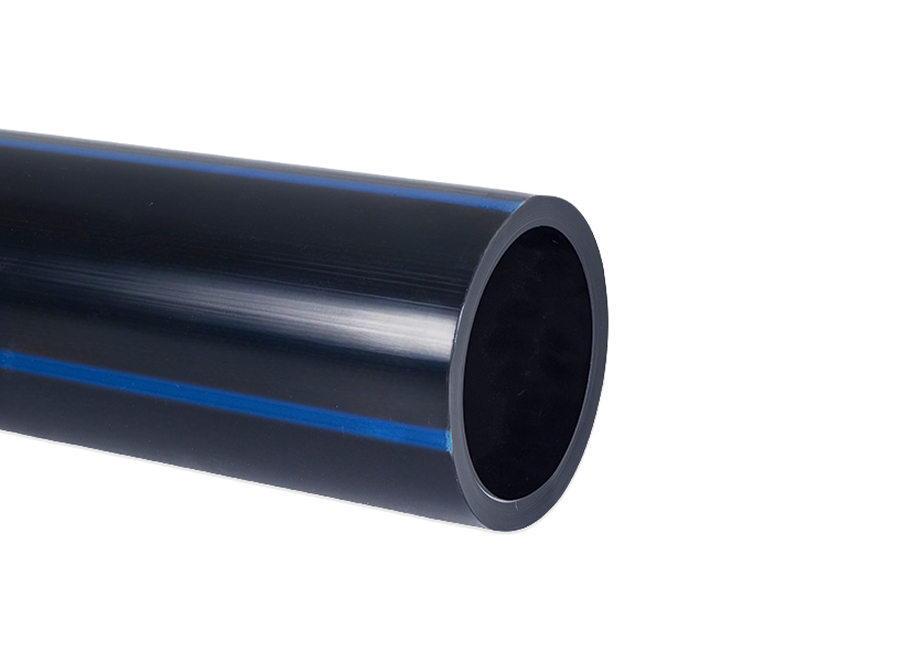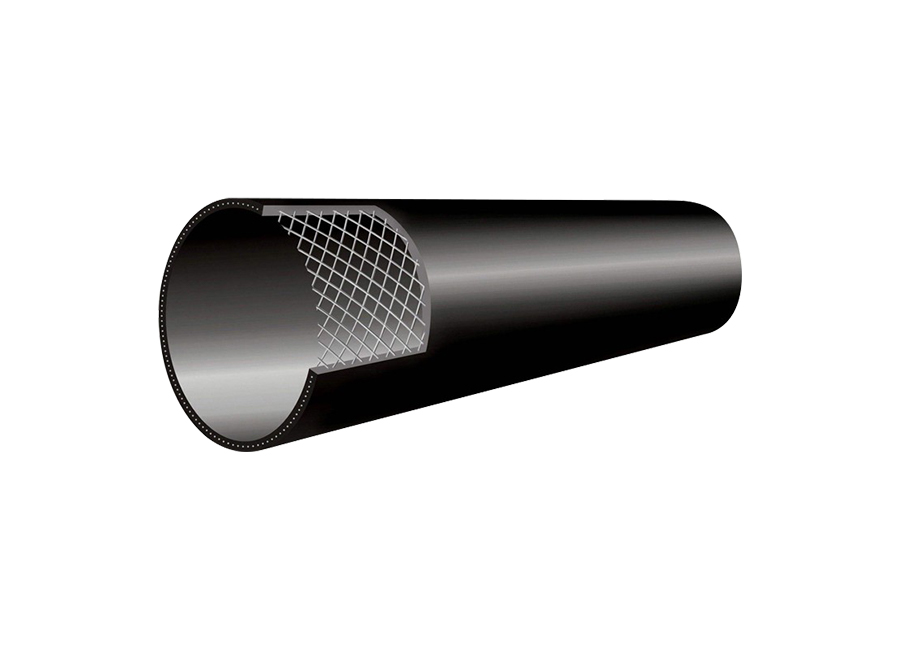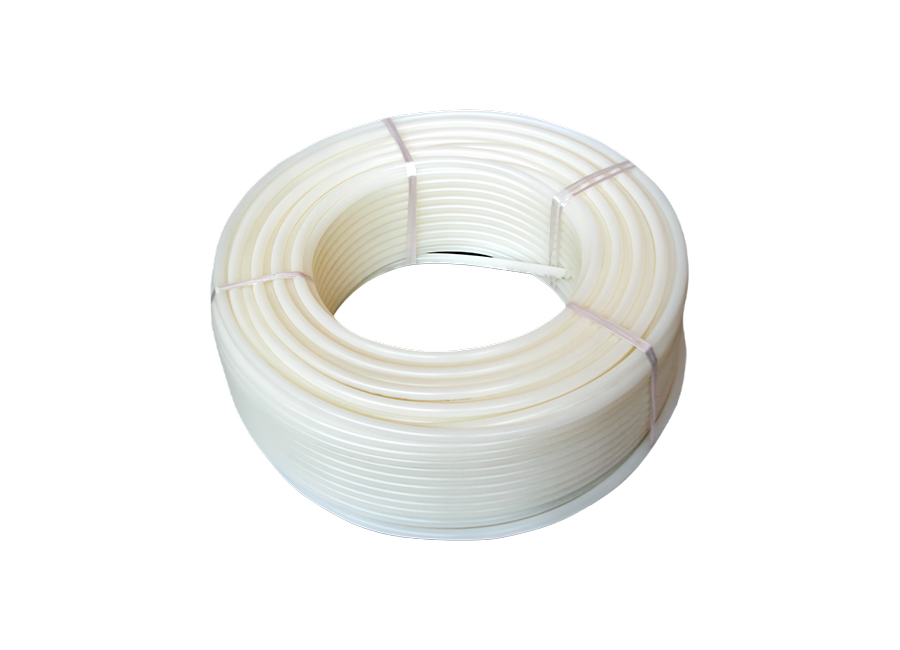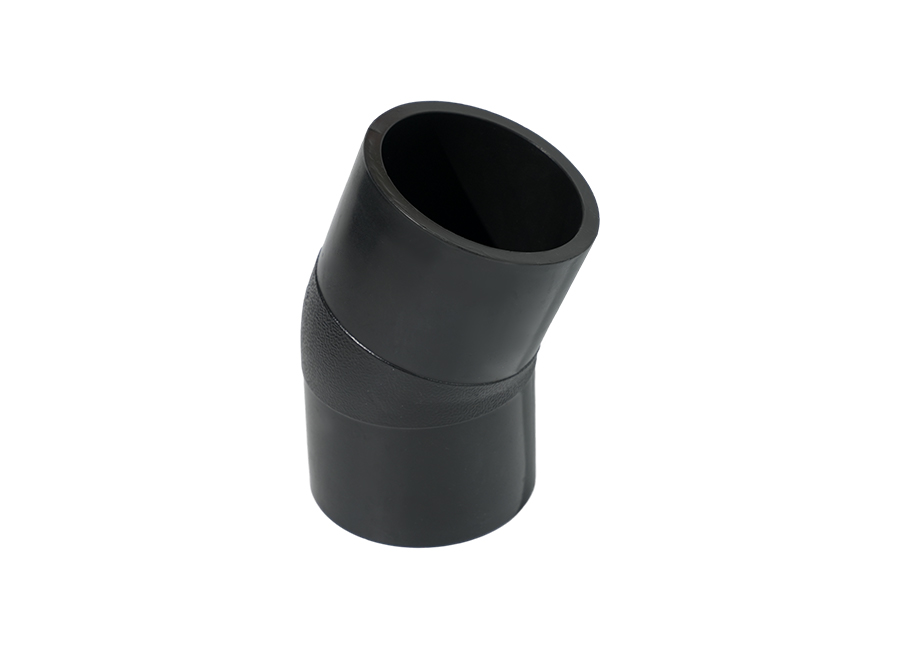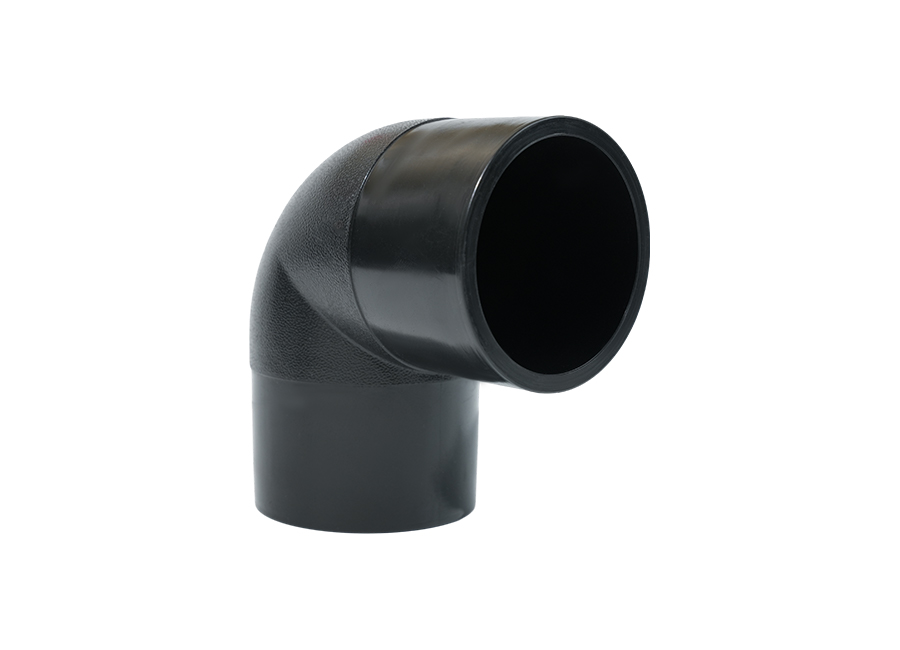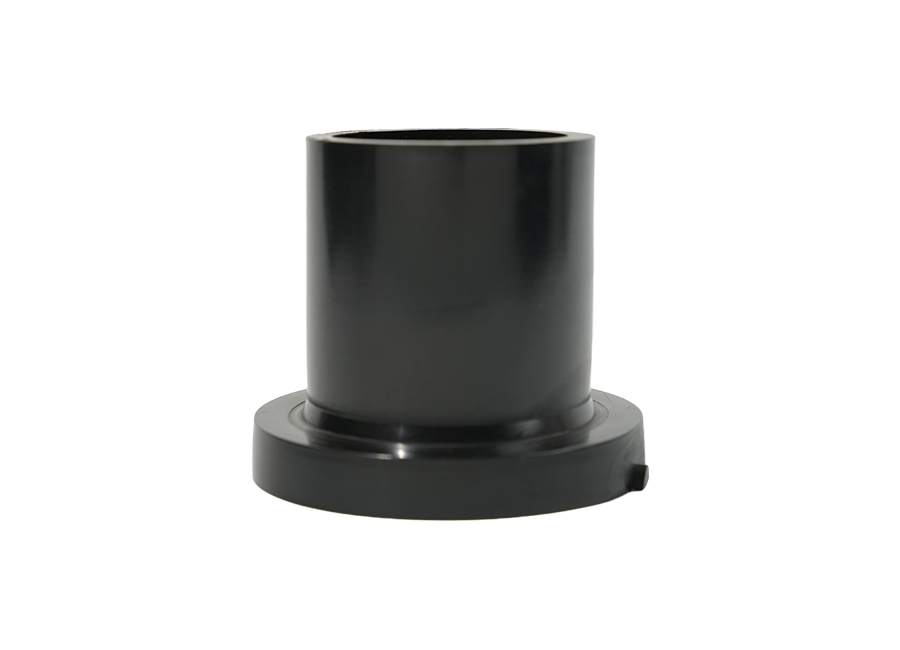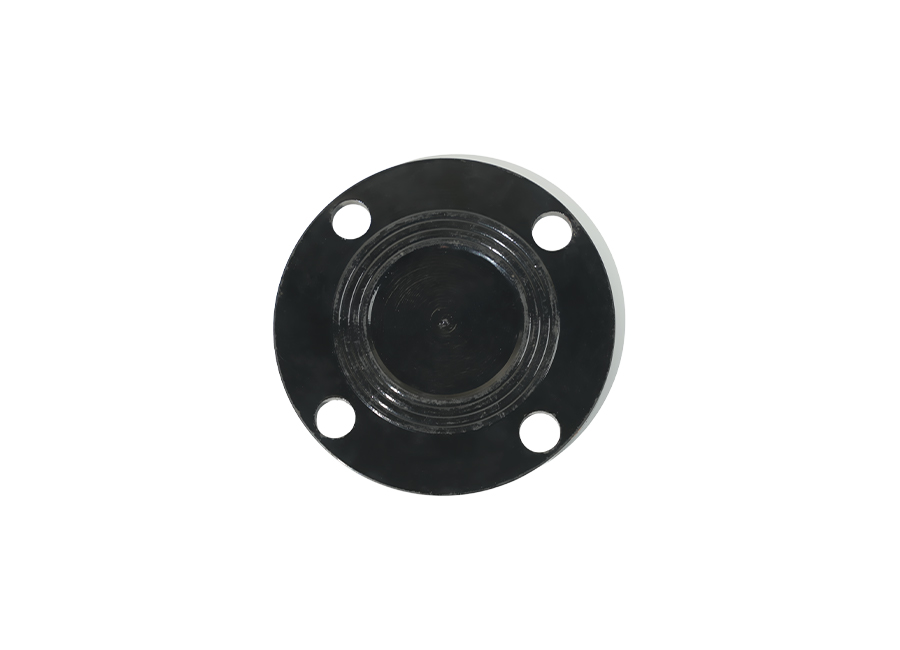Content
1. Construction environment temperature control
Temperature threshold management
Construction lower limit: PVC pipes are significantly brittle below 0°C, and it is recommended to construct in an environment above 5°C.
Real-time monitoring: Use an infrared thermometer to monitor the surface temperature of the pipe, and suspend operations if it is below 5°C.
Local heating measures
Preheating with a hot air gun: Heat the pipe socket to 10-15°C before installation to prevent the adhesive from failing.
Insulation shed construction: Cover the outdoor construction with polyethylene insulation film to delay heat loss.
2. Installation process optimization
Flexible connection technology
Slip-on expansion gap: Reserve expansion space according to the pipe diameter to compensate for cold shrinkage deformation.
Special low-temperature adhesive: Use fast-setting glue, and use a blowtorch to assist heating to shorten the solidification time to 2 hours.
Pipeline laying specifications
Ditch bottom treatment: Fill sand and compact it, and remove sharp stones to prevent cold brittle pipes from being compressed and ruptured.
Layered backfilling: first backfill a 20cm fine sand buffer layer, and then compact it layer by layer.
3. Strengthen structural protection
Thick-walled pipes are preferred
Pressure level selection: 0.63MPa thin-walled pipes are prone to brittle cracking. It is recommended to use 1.0MPa and above thick-walled pipes. Increasing the wall thickness by 30% can significantly improve the anti-freezing ability.
External protection measures
Electric heating tape: Wrap the heating tape around the exposed pipe section to maintain the pipe wall temperature > 5℃.
Polyurethane insulation layer: Outer cover with 30mm thick insulation material to reduce the impact of cold shock.
4. Maintenance and emergency management
Key points of water pressure test
Delayed pressure test: After the adhesive connection is made in a low temperature environment, it needs to be left to stand for 60-96 hours before pressure test.
Anti-freeze drainage: After the pressure test, the stored water is completely drained to avoid ice and cracking.
Emergency repair of damage
Special repair sleeve: Use a PVC-M quick repairer suitable for -30℃.
Fiberglass reinforcement: Temporary reinforcement by wrapping epoxy resin + fiberglass cloth around the cracked area.

Analysis of the core advantages of PVC pipes
- Excellent corrosion resistance
Chemical inertness: extremely resistant to corrosive media such as acids, alkalis, and salts (pH tolerance range 1-14)
No electrochemical corrosion: no galvanic corrosion or rust like metal pipes
Advantages:
The service life in sewage treatment plants is more than 50 years (galvanized steel pipes are only 15-20 years)
Chemical pipeline maintenance costs are reduced by 70% (no regular anti-corrosion treatment is required)
- Lightweight and easy installation
The weight is only 1/100 of cast iron pipes 5: DN100 pipe weighs only 1.8kg per meter (9.2kg for cast iron pipe of the same specification)
Flexible connection: Adhesive/rubber ring connection, no welding or thread processing required
Engineering benefits:
Installation speed increased by 3 times (average daily laying volume can reach 200 meters)
Labor cost saved by 40% (2 people can complete DN200 pipe installation)
- Environmental protection and sustainability
Environmental protection characteristics:
100% recyclable: waste pipes can be recycled into floors, auto parts, etc.
Low production energy consumption: carbon emissions are only 1/3 of concrete pipes

 English
English 中文简体
中文简体 русский
русский عربى
عربى


